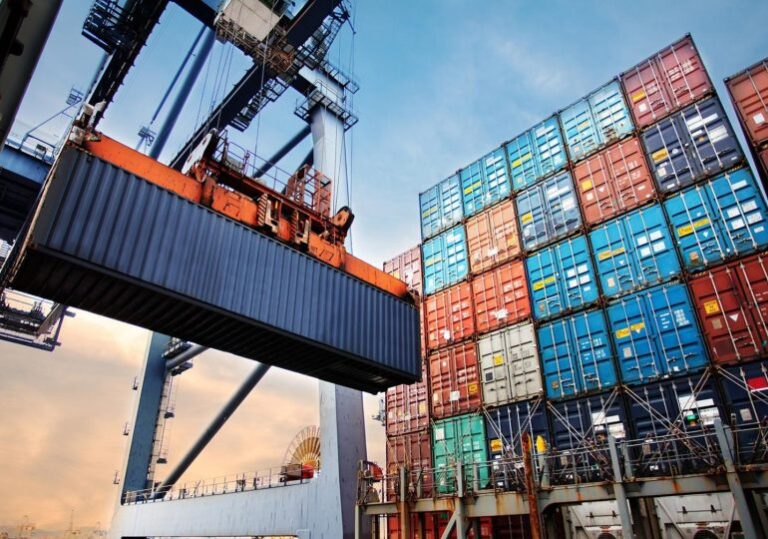the Russian invasion of Ukraine has exacerbated the slowdown in the global economy, which is entering what could become a prolonged period of low growth and high inflation.”
It warns that this context increases the risk of stagflation (a period of high inflation combined with economic stagnation), “with potentially harmful consequences for both middle-income and low-income economies.”
In its latest report, the bank forecasts global growth to fall from 5.7% in 2021 to 2.9% in 2022. This is a lower percentage than the 4.1% it anticipated in January.
It also foresees a similar oscillating pace over the period 2023-2024, as the war in Ukraine affects activity, investment, and trade in the short term; pent-up demand dissipates, and accommodative monetary and fiscal policies are eliminated.
Latin America and the Caribbean
The World Bank’s economic growth forecast for Latin America and the Caribbean this year remains virtually unchanged. The percentage of growth forecast for the region fell by only one tenth: from 2.6% forecast in January to 2.5% today.
However, it lowered the forecast for 2023, which at 2.7 % in January, and now at 1.9%, before rebounding slightly to 2.4% in 2024.
For the Caribbean alone, it forecasts growth of 6.9% in 2022 and 6.5% in 2023, favored by the recovery of tourism.
Inflation and monetary policy
The bank analyzes that “inflation has risen well above the targets of central banks in many countries in Latin America and the Caribbean and has exerted financial pressure on households.”
It notes that overall measures to tackle inflation, as well as food and fuel prices, have accelerated rapidly. “In response, monetary authorities have significantly raised official interest rates and have indicated that further increases will occur.”
The Central Bank of the Dominican Republic has gradually increased its monetary policy rate five times since November 2021, to place it at the current rate of 6.50% per annum.
“Global fertilizer shortages linked to Ukraine’s war could exacerbate rising food prices, leading to social unrest,” the World Bank warns.
It estimates that inflation could remain well above central banks’ targets, “so a faster tightening of monetary policies would be necessary, which could precipitate an even steeper regional slowdown.”
It adds that, in a context of slow growth and rising interest rates in the United States, financial strain could take hold in some economies in the region.
The WB foresees prices for Latin America and the Caribbean’s major exports will be substantially higher in 2022, “but the benefits to growth will be limited by a slow response from the production of some commodities and by rising input costs, including energy and fertilizers.”
Source:
Diario Libre

